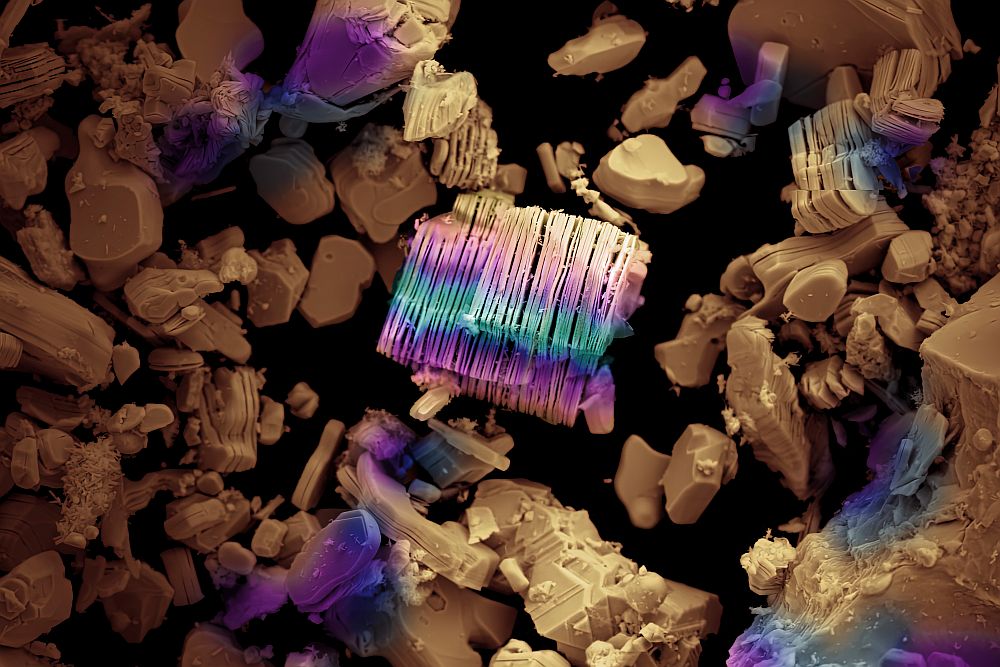Because several ACerS members are directly or indirectly involved with LED research and development, and because I am doing some remodeling at my house, I figured that now would be a good time to investigate what reasonable LED options are available for residential lighting. I was even willing to fork over some extra cash for the inevitable premium price being charged for home LEDs, as long as the performance was good. Unfortunately, my experience was disappointing.
Obviously, LEDs are starting to make inroads in niche residential applications such as exterior holiday lights. But I wanted something more typical and useful from my perspective: A replacement for a 65-75 watt incandescent in a ceiling recessed-can fixture. Typically, these fixtures use “floodlight” type bulb. I limited my shopping to big box outlets, lighting stores and local hardware stores. (I did peak at Amazon and eBay to see what might be available, and the choices/prices/shipping hassles didn’t seem to justify taking that route.)
I ended up selecting what was described as an 18-watt indoor floodlight for about $40. When I screwed it in, the light was, uh, overwhelming. I felt like I was suddenly in one of those movie scenes where the detectives are interrogating a suspect under the glare of a single bright lamp. It certainly was bright, but only in an annoyingly focused small area. It made me think that instead of “floodlight,” the manufacturer meant spotlight.
Actually, I wasn’t totally surprised. It seems the difficulties of diffusing LED light is a known problem that has been a limiting factor with widespread LED adoption. I just hadn’t realized how huge of a problem it is for consumers and manufacturers.
But apropos to all this, and totally by coincidence, I came across this recent announcement from Panasonic touting that its new LED bulbs and lamps illuminate much larger areas. One of the products looks like a bulb; the other is a squarish, flattish ceiling lamp.
I am not sure I understand Panasonic’s approach, so I am going to rely on the description provided by Nikkei Monozukri’s Masaru Yoshida. Regarding the “Everleds” bulb (concept illustrated above), Yoshida says Panasonic gets around the narrow light distribution angles this way:
“[The] light source (LED package) is arranged in a circular shape inside a globe (a semi-spherical cover) and two light reflectors with apertural areas are used. The light from the LED package is reflected on the first light reflector to the back direction (normally to the side of the ceiling). And part of the light passing through the apertural area is reflected on the second reflector to the side. The light traveling in a straight line is diffused by the semi-spherical globe. As a result, it becomes possible to realize a light distribution angle as wide as that of an incandescent light bulb. […] Panasonic took measures to improve heat radiation. It arranged the circuit of the light bulb so that driver chips and other heat-sensitive components are located near the center of the circularly-arranged LED package, where temperature is relatively low.
The ceiling lamp’s operation is different and requires two LED modules. Again from Yoshida:
“One is mainly used to directly light the entire room by emitting light downwards (direct light module). And the other lights the ceiling and walls (indirect light module). […] Specifically, the LED module for direct light is placed in the four sides of the quadrangular ceiling light with its light-emitting area facing the inside. And light is emitted downwards from the module by using the reflector and the light diffuser located below the reflector. On the other hand, the LED module for indirect light is placed on the LED module for direct light, facing outward, so that light spreads horizontally. In addition, each module is equipped with two types of LED packages: a daylight-color LED package and an incandescent-color LED package.
For an Everled bulb equivalent to a 60-watt incandescent, the estimated price is around $45. The ceiling lamp (below) initially might sell for $600 (yikes!) Neither appear to be available in the U.S. market yet, but are likely to arrive sometime in the next 12 months.
As for now, I am returning my LED bulb and plan on waiting another year before I try again.
CTT Categories
- Basic Science
- Construction
- Glass
- Material Innovations
- Optics
Related Posts
The urban fabric of brick—Part 2: Ancient brick history
October 28, 2025


